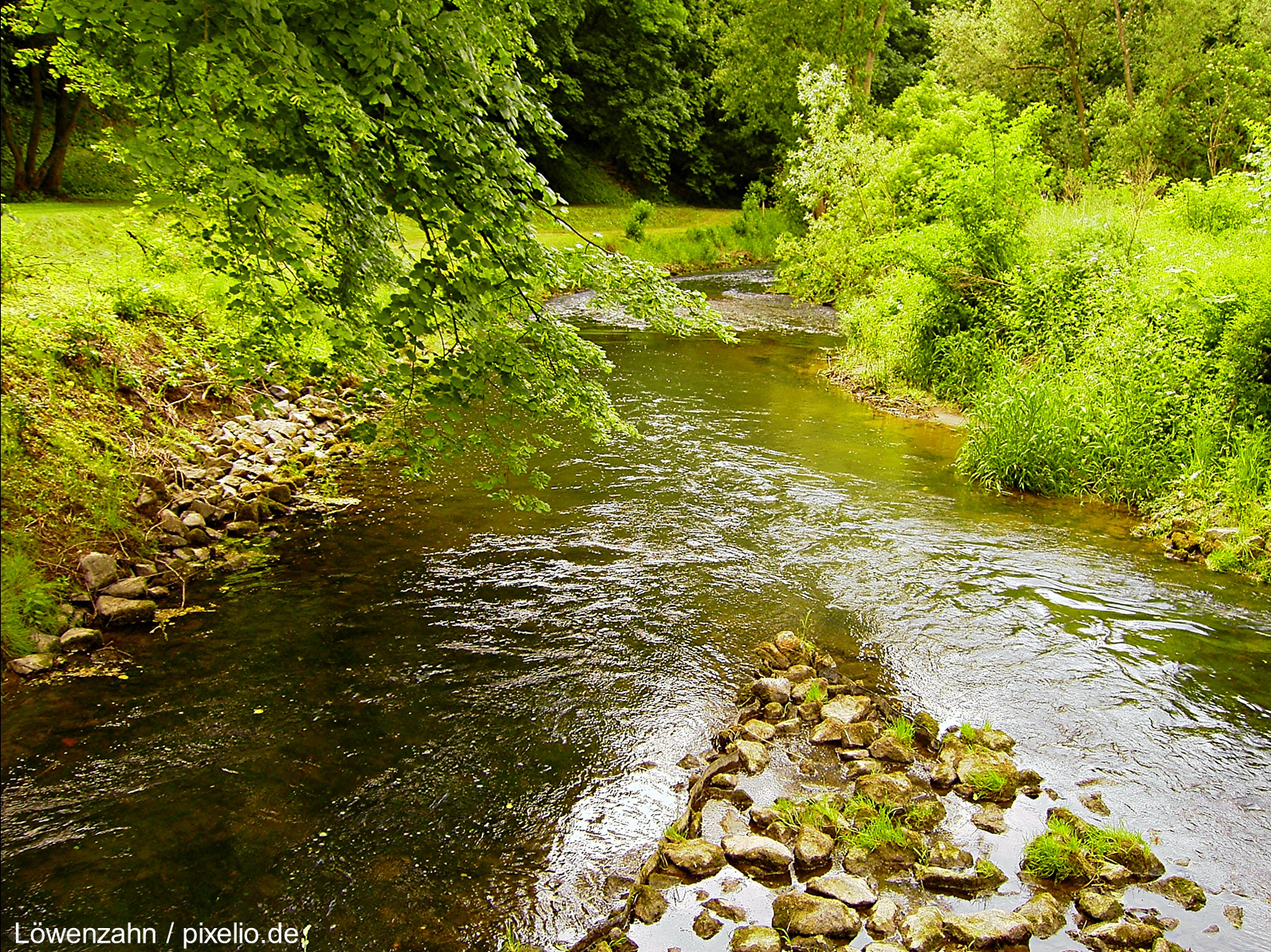
CROSSLINK - Understanding cross-habitat linkages between blue and green infrastructure to optimize management of biodiversity, ecosystem services and multiple human uses.
Subproject: Opimization procedure and learning environment.
The Project
 Stream-riparian networks are key components of green and blue infra-structure (GBI) that underpin landscape integrity by transporting nutrients, regulating floods, buffering human impacts and supplying fresh water. Unfortunately, stream-riparian networks are also subject to multiple human pressures (e.g. from agriculture and hydropower) that affect longitudinal and lateral connectivity, driving habitat and diversity losses, threatening ecosystem services, and causing stakeholder conflicts.
Stream-riparian networks are key components of green and blue infra-structure (GBI) that underpin landscape integrity by transporting nutrients, regulating floods, buffering human impacts and supplying fresh water. Unfortunately, stream-riparian networks are also subject to multiple human pressures (e.g. from agriculture and hydropower) that affect longitudinal and lateral connectivity, driving habitat and diversity losses, threatening ecosystem services, and causing stakeholder conflicts.
There is thus a pressing need to understand the importance of connectivity within these networks, in particular its effects on biodiversity and ecosystem functioning and services, and to apply this understanding in managing streamriparian GBI for both natural values and societal needs.
The results of CROSSLINK will be used to optimize the management of biodiversity, ESS, and multiple human uses at the land-water interface. More information on the project can be found on the CROSSLINK website:
http://www.slu.se/Biodiversa_Crosslink
The CROSSLINK optimization framework
UFZ coordinates the optimization modeling which represents the core linkage between the data acquisition and model development tasks of the case studies and the knowledge dissemination in the form of a learning environment. The results of CROSSLINK case studies will be used to develop an optimization framework for stream-riparian GBI capable of balancing different social, economic and environmental objectives. The focus is on identifying spatial configurations that minimize trade-offs and supports the multifunctionality of the case study areas.
 Balancing different needs using multi-objective optimization routines. Ⓒ: drawn by Martin Volk
The optimization will be carried out using the Python environment CoMOLA (Constrained Multi-objective Optimization of Land-use Allocation). CoMOLA utilizes the Non-dominated Sorting Genetic Algorithm-II (NSGA-II) to optimize land-use maps for multiple objectives under consideration of basic land-use change constraints. Therefore many (tens of thousands) simulations of different potential spatial land use, land cover or landscape element configurations will be generated, to explore the ‘potential solution space’ at each study site. Results will give insights on:
Balancing different needs using multi-objective optimization routines. Ⓒ: drawn by Martin Volk
The optimization will be carried out using the Python environment CoMOLA (Constrained Multi-objective Optimization of Land-use Allocation). CoMOLA utilizes the Non-dominated Sorting Genetic Algorithm-II (NSGA-II) to optimize land-use maps for multiple objectives under consideration of basic land-use change constraints. Therefore many (tens of thousands) simulations of different potential spatial land use, land cover or landscape element configurations will be generated, to explore the ‘potential solution space’ at each study site. Results will give insights on:
- How management of land use and other activities (e.g. hydropower) within riverine networks can best be adapted to increase GBI diversity and resilience while promoting synergies with ESS (e.g. water quality) and biodiversity conservation.
- How GBI design can contribute to the provision of multiple services at the same time.
Outputs include e.g. recommendations for buffer strip configurations in cities and farmlands, or environmental flows. The findings and optimal solutions will be translated into a flexible, learning-based environment, which allows stakeholders and other end users to undertake explorative analyses of trade-offs and synergies between multiple values and goals in the management and design of stream-riparian GBI.
Contact
Prof. Dr. Martin Volk | PI UFZ | martin.volk@ufz.de
Felix Witing | Scientist | felix.witing@ufz.de
Funded by
 CROSSLINK is funded through the 2015-2016
BiodivERsA
COFUND call for research proposals, with the national funders:
CROSSLINK is funded through the 2015-2016
BiodivERsA
COFUND call for research proposals, with the national funders:
 Federal Ministry of Education and Research
(BMBF)
,
Federal Ministry of Education and Research
(BMBF)
,
Swedish Research Council for Environment, Agricultural Sciences and Spatial Planning (Formas), Swedish Environmental Protection Agency (SEPA), Research Council of Norway (RCN), Belgian Science Policy Office (BelSPO) and Innovation Funding Romania (UEFISCDI).
